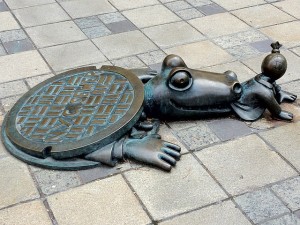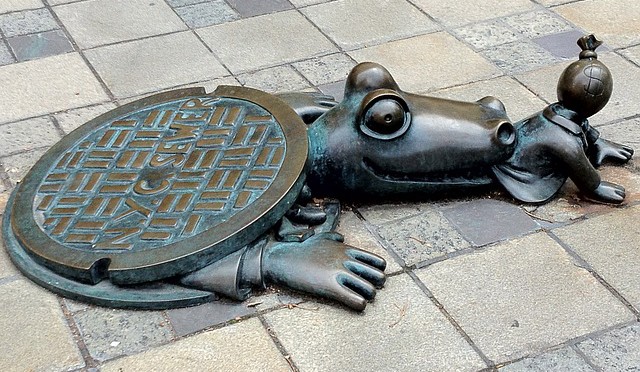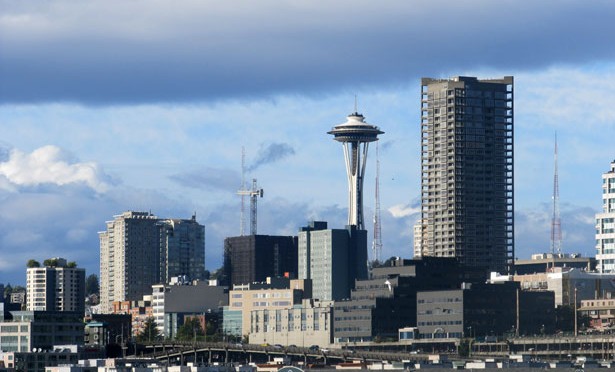 With so many citizens living in urban areas, cities must approach rainwater harvesting differently than in rural areas, where rain is absorbed into the ground or evaporates.
With so many citizens living in urban areas, cities must approach rainwater harvesting differently than in rural areas, where rain is absorbed into the ground or evaporates.
When it rains in an urban area, rainwater becomes runoff via streets, rooftops and parking lots. Runoff is captured in drains from which it travels via the sewer system, eventually winding up in a lake, creek, or other body of water. Since stormwater is typically released without any pollution management, it can become contaminated with bacteria, heavy metals, nutrients and particulates. So, in the city, water that replenishes our aquifers may have become tainted.
According to Jennifer Drake, Assistant Professor of Civil Engineering at University of Toronto, “Under natural conditions, aquifers are sustained through the infiltration of clean rainwater and streamwater into the ground. But for urban environments, these sources are cut off by the impervious landscapes. Instead, water from leaky sewers, water mains, septic tanks and landscape irrigation becomes the source for groundwater recharge. Since many of these sources are wastewater, they’re poor-quality sources and can lead to groundwater contamination.”
Low Impact Development (LID) includes stormwater management tecniques that allow urban runoff to seep into the ground and evapotranspire into the air. Sustainability systems are built into green roofs (like rooftop gardens), rain gardens (on ground level), which allow stormwater to soak directly into the earth and runoff is naturally filtered by soil as it goes back into the ground and replenishes aquifers.
Read more about Stormwater innovations mean cities don’t just flush rainwater down the drain. The article was also republished via ARCSA.



 Supplementary whole-house use of rainwater in an urban environment is more complex than collecting for potable use in a rural environment. In a rural environment, there is typically more room for storage, allowing the homeowner to store more water than that in an urban setting.
Supplementary whole-house use of rainwater in an urban environment is more complex than collecting for potable use in a rural environment. In a rural environment, there is typically more room for storage, allowing the homeowner to store more water than that in an urban setting. Rainwater collection is becoming increasingly popular for commercial and residential consumers in urban settings, driven largely by centralized water unable to meet demands caused by droughts, increased population, along with supply and demand.
Rainwater collection is becoming increasingly popular for commercial and residential consumers in urban settings, driven largely by centralized water unable to meet demands caused by droughts, increased population, along with supply and demand.